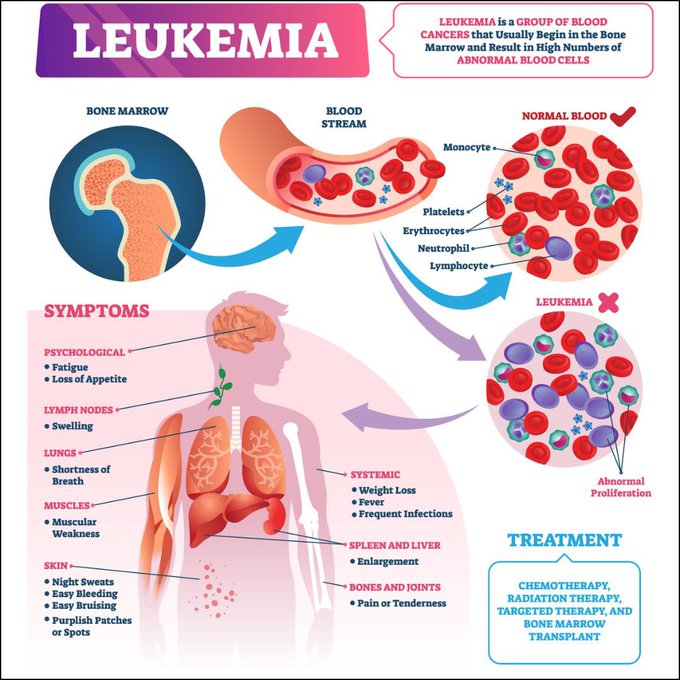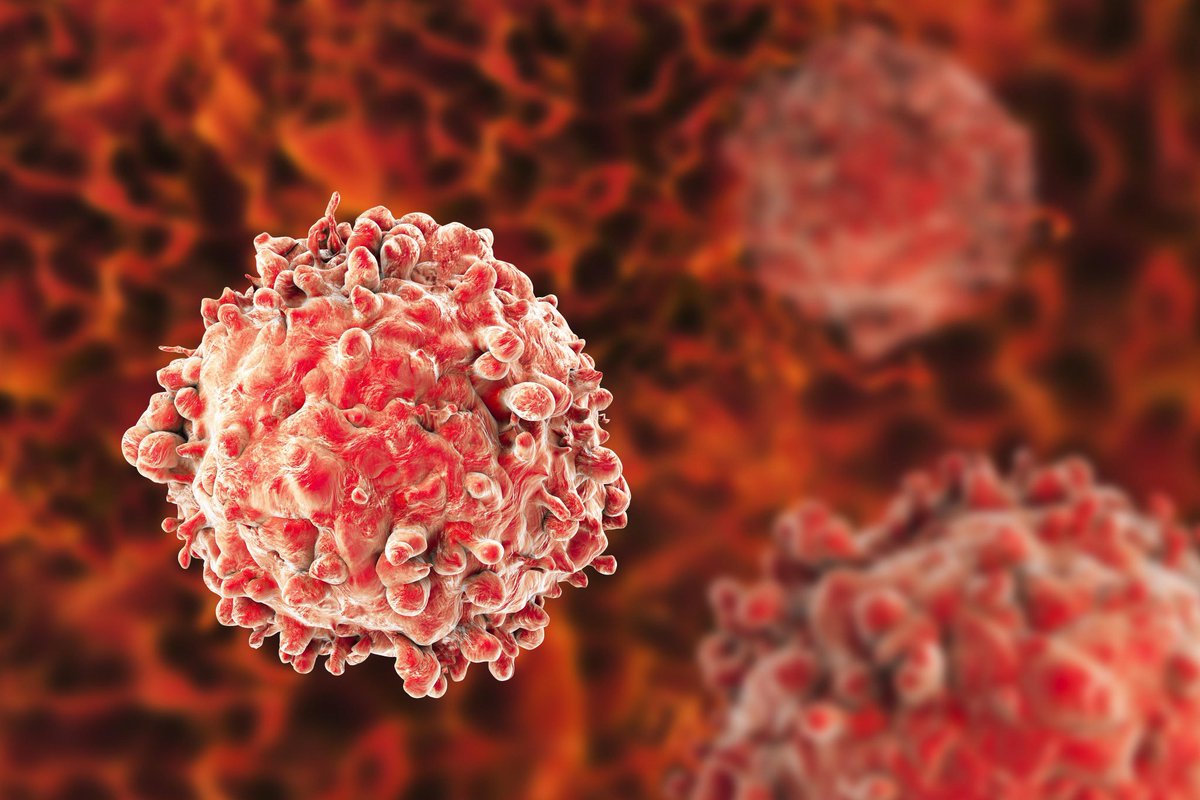Shahrin Ahmed, Medical Specialist at the Canadian Cancer Society, shared a post on X:
“Older adults with acute myeloid leukemia experience high health care utilization and poor survival rate – Malignant myeloid progenitor hematopoietic cells in the bone marrow and peripheral blood are present in AML, a heterogeneous disease characterized by its accumulation.
The most commonly affected individuals are older individuals, with a median age of 68 years at diagnosis. The incidence is 4 per 100,000 per year, with men being 1.5 times more affected than females.
Supportive and palliative treatment is the only option available for older patients and those with comorbidities who cannot tolerate intensive induction chemotherapy.
The longer the older population is, the lower the long-term cure rates of AML are. Small molecule inhibitors and targeted therapy have been shown to have promising results in the treatment of acute myeloid leukemia (AML) in recent studies.
In 2016, Venetoclax was approved by the FDA for use in treating chronic lymphocytic leukemia (CLL).
In patients who are previously untreated, are older, or cannot tolerate intensive chemotherapy, it has been approved to be combined with hypomethylating agents (HMA) for AML.
The study revealed that 35, 55, and 10% of patients underwent intensive induction chemotherapy, whereas only 10% underwent low-intensity treatments.
The two options are either not receiving AML-directed treatment or the follow-up ended before the initiation of treatment.
In most cases, there was at least one intensive care unit admission for 47% of patients, and 43% had specialized palliative care.
The average survival time was 2.5 months, and 16% of the population survived one year. Patients who died during observation had a median hospital stay of 56% between AML diagnosis and death.
The most frequently reported places of death were normal wards and the intensive care unit, with 31% and 28%, respectively.
In a palliative care unit or at home, death was less frequent 14% and 12%.
The analysis demonstrates that patients with AML aged 70 years or older who have AML experience poor survival outcomes and extensive health care utilization.”

Source: Shahrin Ahmed/X


